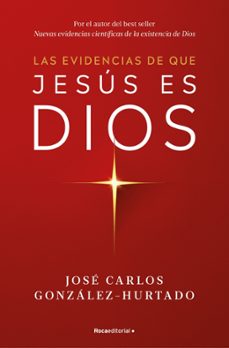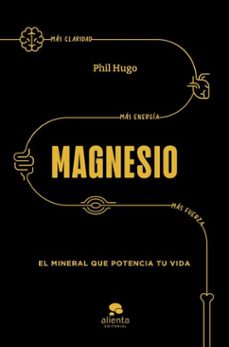📱 eBook en inglés ROMAN JAKOBSON'S TRANSLATION HANDBOOK
What a translation manual would look like if written by Jakobson
Bruno Osimo - 9788890859700
Sinopsis de ROMAN JAKOBSON'S TRANSLATION HANDBOOK
Jakobsons approach to translation is a semiotic one. Someone might wonder what relationship there is between semiotics and translation. What does it matter to a translator the theory of the sign of Saussure or Peirce, since she faces practical texts, not theories? To this I reply with two points:
1) all translators, even the most refractory to the theory, follow principles. The reason why it does not make sense "not to be interested in the theory" if you translate is that all translators, perhaps unwittingly, have a theory. We have a theory on how to peel an apple or how to dress pants even if nobody has taught us. We all have a mind whose operation can be parsed, and yet there are people who "are not interested" in psychology. Translation is an activity that inevitably forces its practitioners to think about their target reader, and to formulate a message that takes account of the recipient, and then to draw up a communication strategy. And each translator will read the original document, will process it using her innner mental nonverbal language, and will put out the translated text projecting it onto the receiving culture. Then the difference is between those who knowingly use the theory, and those who use it unconsciously.
2) Any conception of translation is like an application program based on an operating system, and in this case the operating system is the theory of the sign. In other words, if you think that between the word dog and the animal in question there is an equivalence relation, you get a given theory of translation; but if you think that between the word "dog," and the animal in question there is a series of creative and non-reciprocal links, then you get a completely different theory of translation.
This book comes from my reflection activities connected to my teaching work at Milan’s Civica Scuola Interpreti e Traduttori «Altiero Spinelli» and, in turn, will provide study materials for students in the coming years and at the same time, I hope, inspiration for new ideas in the minds of readers.
For criticism, comments, messages you can write me at the address b.osimo@fondazionemilano.eu.
Milan, July 17, 2016
Léelo en cualquier dispositivo

iPhone y iPad
Descarga la App de lectura Vivlio Casa del Libro para iOS. Es gratuita y está disponible tanto para iPhone como para iPad.

Android
Descarga la App de lectura Vivlio Casa del Libro para Android. Es gratuita y está disponible tanto para móvil como para tablet.

Tu navegador
Puedes leer los eBooks directamente con nuestro visor online, accediendo a nuestra web desde tu móvil o tu ordenador, sin necesidad de descargar nada. Accede a tu área de usuario y empieza a leer.

eReaders*
Puedes conectar tu eReader a tu ordenador y enviar el libro al dispositivo utilizando Adobe Digital Editions.
* Los eReaders de Amazon (Kindle) solo permiten libros de su propia tienda, por lo que no son compatibles.
Ficha técnica
Editorial: Bruno Osimo
ISBN: 9788890859700
Idioma: Inglés
Especificaciones del producto
App gratuita de lectura Tagus
Ahora tu lectura es multidispositivo, con la App de Tagus, puedes tener todos tus libros en tu tablet y smartphone. Aprovecha cualquier momento para seguir disfrutando de las lecturas que más te gustan.
Opiniones sobre ROMAN JAKOBSON'S TRANSLATION HANDBOOK (EBOOK)
¡Sólo por opinar entras en el sorteo mensual de tres tarjetas regalo valoradas en 20€*!








































